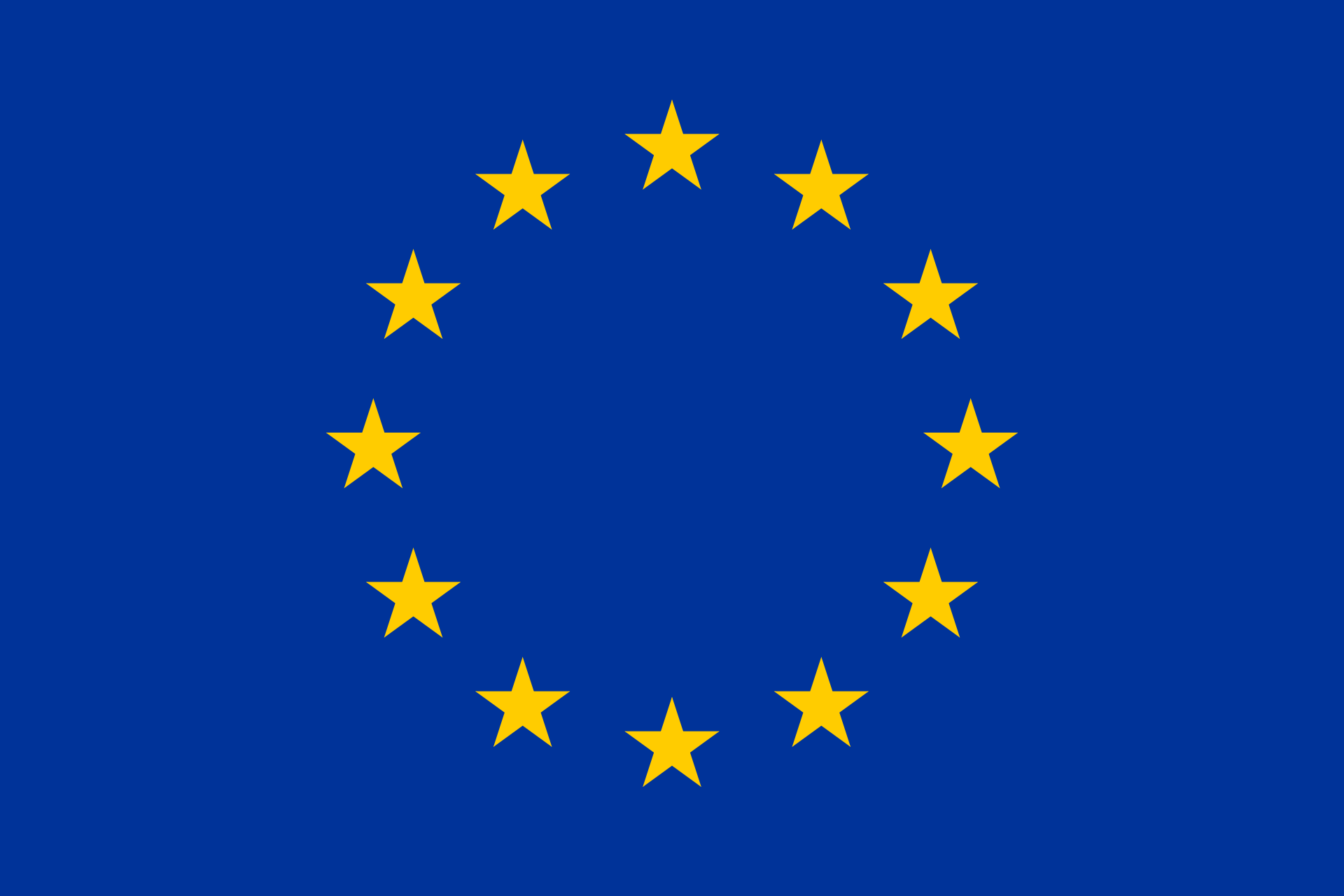John Hopkins Covid-19 Dashboard
During the Covid-19 outbreak, a researcher at Johns Hopkins University, USA, developed an online dashboard to track coronavirus statistics worldwide. These statistics include the number of cases, deaths, vaccine doses, etc. The dashboard uses hundreds of data sources and news outlets from around the world, such as 1point3acres. The researchers have even received emails from people all over the world reporting new cases that were not included in the dashboard. The dashboard was started by a PhD student, Ensheng Dong, at the Center for Systems Science and Engineering at Johns Hopkins University.
When Ensheng Dong heard the news that the virus was spreading in his home country of China, he was worried about the safety of his family and friends, especially as he had studied epidemics and knew how dangerous viruses could be. Then, on 20 January, the first case of Covid-19 was confirmed in the US. The next day, Dong discussed the idea with his advisor, Dr Gardner, and they agreed to develop a dashboard to track the virus based on a GIS. Soon, Dr Gardner’s group was working on data collection and healing. Then, due to high demand and large amounts of data, the university’s Applied Physics Lab started supporting the group with all the back-end technology. Then Esri, the GIS company, started helping to manage the platform.
The Dashboard began as a personal initiative, driven by personal interest and the lack of an alternative. The COVID situation was unexpected, governments were not prepared to face it, and when it happened they were busy trying to stop the spread of the disease, solving bed availability problems, and searching for a treatment and a vaccine. They did not allocate the resources to keep track of all the statistics on the COVID situation. In addition, the different cities and states did not have a clear process for reporting data. So the solution seemed to fill a gap in the government’s efforts.
https://coronavirus.jhu.edu/map.html
Comments:
Formalisation
The dashboard was widely used across the globe, it has been accessed around 2.5 billion times since its beginning till now. It started growing to the extent that the platform was supported by a private company such as Esri. The data produced by the dashboard was consumed by media outlets, decision-makers, researchers, and reports worldwide. Despite its wide use, the solution was not formalised in the sense that the owner of the solution did not change, it was not owned by the government or any other official organisation. Meanwhile, the World Health Organization (WHO) already built another dashboard to track COVID statistics.
The solution is repeated, tested, and validated, widespread, replicable, and it has a lot of collaboration behind it; all of these make it a very good candidate for formalisation.
Context
Once Ensheng Dong, a PhD student at John Hopkins university heard the news about the virus spreading in China, his home country, he was concerned about the safety of his family and friends; especially, since he studied epidemics and knew how dangerous viruses could be. Then, the first case of Covid-19 in the USA was confirmed on January 20. The next day, Dong was discussing the idea with his advisor Dr. Gardner and they agreed to develop a dashboard to track the virus building on a GIS. The dashboard appeared at first as a personal initiative, that was driven by personal interest and the absence of an alternative. The COVID situation was unexpected, the governments were not prepared to face it, and when it happened, they were busy trying to stop the spread of the disease, solve the bed availability issues, and search for a treatment and a vaccine. They did not allocate the resources to accurately track all the statistics about the COVID situation. Moreover, the different cities and states did not have a clear procedure for data reporting. Hence, the solution appeared to cover a gap in government efforts.

